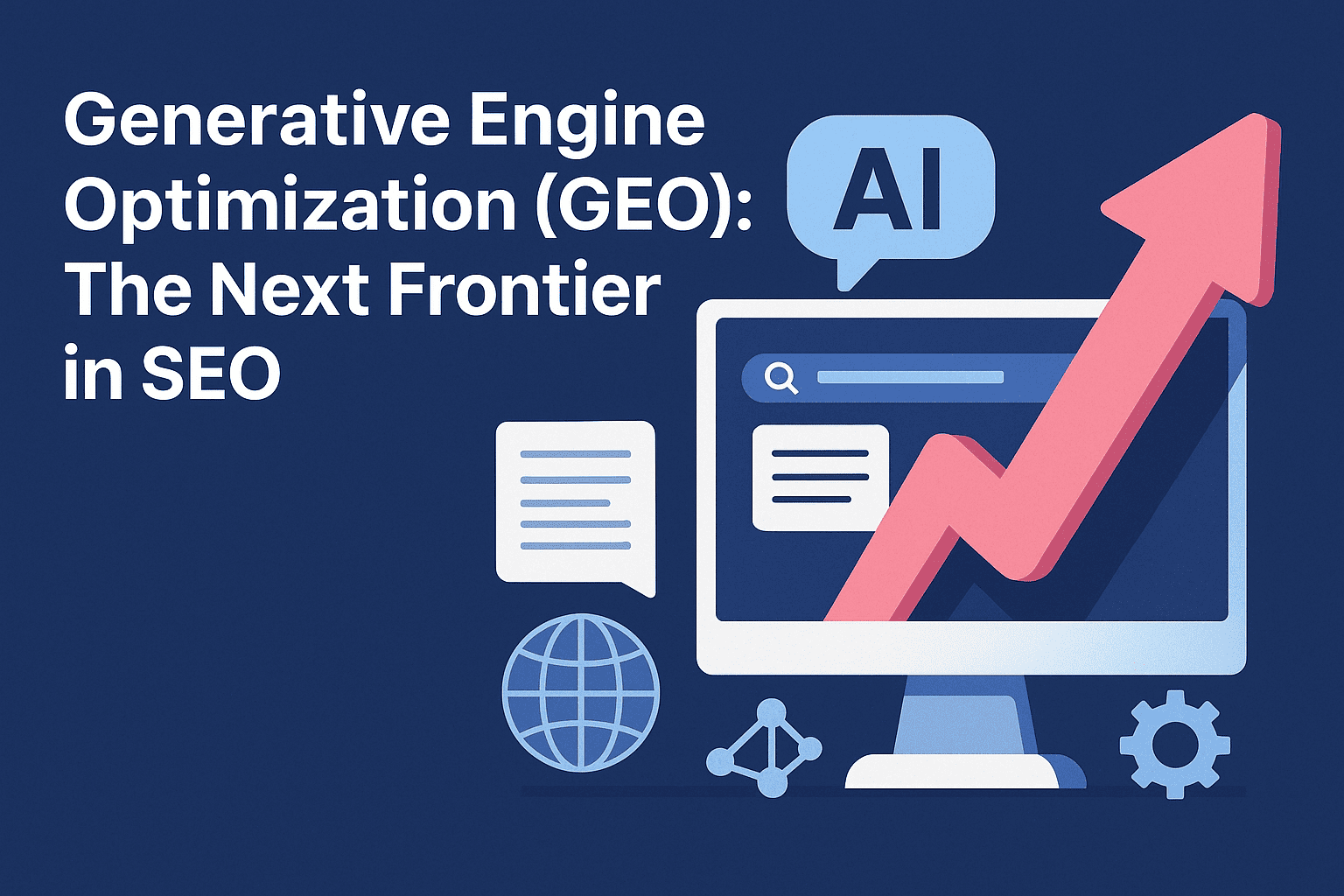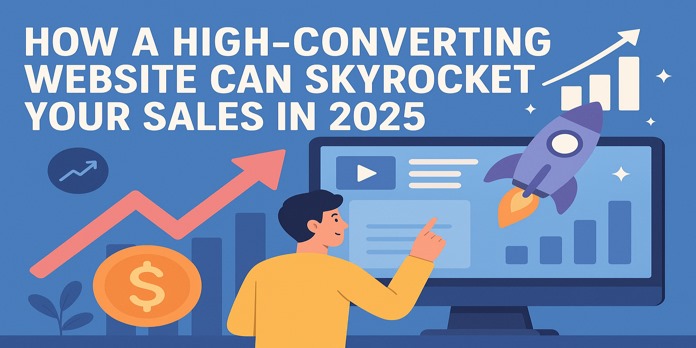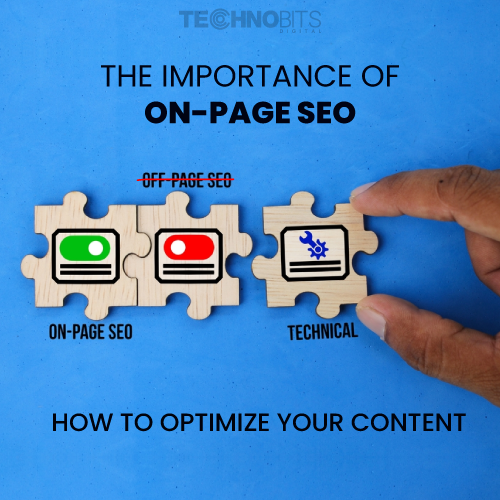Blog Detail
Re-Targeting your audience: - New E-commerce Marketing strategy
New E-commerce Marketing strategy
Sep 25 2017

E-commerce data has proven that most visitors won’t buy immediately – only 8% of them will add an item to their cart. What’s more, many of these visitors will never complete check out – the average cart abandonment rate is over 68%.
In total, the average conversion rate is only 3%. To put it another way, 97% of visitors leave the average website without buying. It’s a shocking truth and the reality that e-commerce store owners face every day.
That’s why business owners and digital marketers are constantly working to drive more traffic. However, when you focus only on building traffic, you are missing opportunities to convert existing traffic into valuable sales and leads signups. Improving the conversion rate of existing traffic is known as conversion rate optimization. The most successful e-commerce stores are great at driving traffic, and they are even better at converting traffic into customers, encouraging repeat business, and giving their visitors a reason to visit their site again.
If you ignore the conversion rate on your site and focus only on driving traffic, you’ll quickly spend most of your time and money with little to show for it in return. To increase the revenue and the profitability of your e-commerce site, you’ve got to include conversion rate optimization as part of your strategy. In this post, we’ll be looking at one of the best ways to boost sales and leads – onsite retargeting.
WHAT IS ONLINE RE-TARGETING?
INTRODUCTION TO RE-TARGETING
Retargeting, which is also known as remarketing, can be used to display ads to people who have already visited your site. For instance, when your visitors leave your site without buying, you can reconnect with them, or retarget them by showing relevant ads while they are browsing the Internet, using a mobile app or searching on Google.
Most popular pay-per-click platforms Google AdWords, and Facebook provide high-tech remarketing solutions with advanced targeting options. Both of them allow you to show specific ads to past visitors, including highly-targeted ads for visitors who have visited the cart page on your website.
Online Re-targeting
“Online retargeting” is designed for remarketing to visitors before they leave your site. Like Facebook and Google remarketing ads, you get a second chance to recover from abandoning visitors. However, unlike traditional remarketing where there is a certain percentage of visitors you can’t retarget, you are guaranteed a second chance with onsite retargeting because your offer is displayed while your visitors are still on your site.
You don’t need to spend thousands of dollars on ads, and you can communicate highly-customized offers. Onsite retargeting uses intelligent popup technology that displays offers without annoying your visitors or interrupting their browsing.
Another great benefit of onsite retargeting is that it can be used together with traditional remarketing. You don’t need to choose one or the other. Here’s another example from Nordstrom. Their dynamic remarketing Ad provides a third offer to their visitors and includes an extra incentive, in this case, free shipping.
Using onsite retargeting in combination with traditional remarketing, you can capture even more sales and leads. For example, you can add visitors who signup or subscribe via one of your onsite retargeting ads to your remarketing campaigns and increase the chances of them returning to your site.
HOW DOES RETARGETING WORK?
Onsite retargeting works by monitoring the behaviour of your visitors, and when their behaviour indicates they are ready for some additional message, it will be displayed to them, usually in a popup overlay. The goal of onsite retargeting is to convert visitors who are trying to leave your website by providing them with a secondary message or additional incentive to sign up or complete their purchase before they leave your site.
For example, Flipkart.com’s exit popup below offers a 10% discount to encourage prospects to stay on the site and complete the checkout process. Exit-intent popups are one of the most common uses of onsite retargeting, and onsite retargeting is often referred to as “exit-intent technology”.
Let’s take at how onsite retargeting works step-by-step:
1. Tracks visitor behaviour
Onsite retargeting tracks the behaviour of your visitors and detects when a visitor tries to leave your site without buying or subscribing or their behaviour indicates they are ready for some additional content.
2. Displays a highly-targeted special offer
At the exact moment, a visitor is about to leave your site or the behaviour shows they are disengaged, a special offer is displayed to re-engage them and stop them from leaving your website.
3. Boosts conversions
Up to 25% of retargeted visitors will respond to your message and turn into subscribers or customers. Some visitors will buy immediately, while others will sign up for your mailing list – and turn into customers later. Although there are several ways to display your offer with onsite retargeting, it’s usually presented in a popup. Unlike the popups which frustrate people browsing online, onsite retargeting popups are more properly considered “overlays” – they do not redirect your visitor to another browser window. Onsite retargeting popups are displayed in the current browser window or tab.
WHY IS ONSITE RE-TARGETING HIGHLY EFFECTIVE?
Let’s consider what happens after a visitor leaves your site. You can use email, advertisements, or simply hope they decide to return to your site voluntarily. You can only re-engage a small percentage of visitors using this approach, and it’s costly to get the visibility needed.
Remarketing from Facebook and Google gives you a better chance of re-engaging past visitors. However, the possibility of reengagement is still not guaranteed, and there are additional time and costs involved.
Let’s take a quick look at why onsite retargeting is highly effective at capturing abandoning visitors, and converting them into subscribers or paying customers:
1. Segmentation: using onsite retargeting you can differentiate your visitors, and then display highly customized messages based on traffic source, new or returning visitors, pages viewed on your site, cart abandoners, subscribers and more.
2. Targeting: onsite retargeting enables laser-precise targeting allowing you to exclude certain visitors from the target group, such as those who have already signed up for the offer.
3. Perfect timing: onsite retargeting messages are displayed at just the right moment: when your visitors have finished reading an article or product description, when they are about to leave your site before cart abandonment occurs, and when it’s clear that your primary message isn’t engaging them.
Onsite retargeting is highly effective because you are guaranteed a second chance to make an offer to your website visitors, and you can make this offer highly customized based on any number of factors. Unlike traditional popups, onsite retargeting monitors visitor behaviour closely and displays your offer at just the right moment. You can target specific groups to increase your sales and leads without annoying your repeat customers.
HOW TO USE ONSITE RETARGETING
Let’s take a look at five of the most common uses of onsite retargeting to improve website performance:
- Driving sales
- Building your email list
- Reducing cart abandonment
- Upselling and cross-selling
- Improving customer experience
Conclusion
Very few buyers make a purchase the first time they visit your site. The average conversion rate on e-commerce sites is around 3%. However, the other 97% of visitors that don’t convert should be seen as an opportunity.
Onsite retargeting is one of the most powerful ways to capture these lost visitors and convert them into sales and leads by displaying personalized content, exclusive offers, and discounts to them as they are browsing, leaving or returning to your store.
In this guide, you’ve seen how onsite retargeting popups can be used to show the right message at the right time. Although the ultimate goal of e-commerce marketing is encouraging buyers to make a purchase, there are several “soft” goals you can set to guide your prospects through the buying process.
TAGS
India +91 97265 89144, Dubai +971 544149632.
We truly care about our users and our product.






